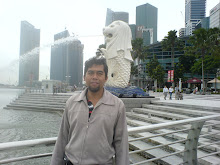The concave mirror is the inside of the spherical surface is the reflecting surface.
The characteristic of concave mirror to collect of rays or CONVERGEN
The cut point of focusing reflected rays mentioned FOCUS LENGTH
The parts of concave mirror
Explainations of the above figure
C = center of mirror curve or radius of curvature
C = center of mirror curve or radius of curvature
F =the mirror focal point or focal length
V = the mirror vertex
FV = the distance of mirror focal length
CV =The mirror radius
Slide 12
The principle rays of concave mirror













